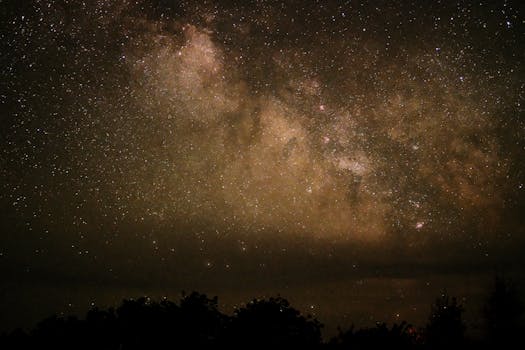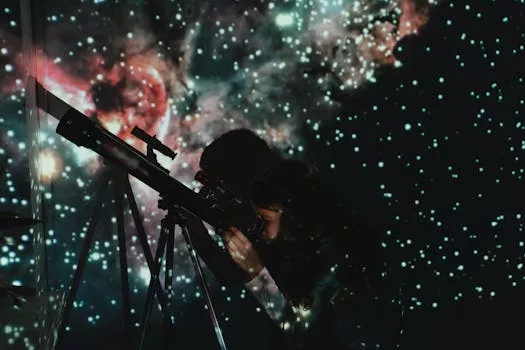
“
Beyond the Milky Way: Imagining New Worlds and Possibilities
Introduction to the Milky Way and Beyond
Beyond the Milky Way: Imagining New Worlds and Possibilities is an exciting topic that has captivated human imagination for centuries. The Milky Way, our home galaxy, is just one of the billions of galaxies in the observable universe. As we continue to explore and learn more about the universe, we are constantly reminded of the vastness and mysteries that lie beyond our galaxy.
The Milky Way is a barred spiral galaxy, consisting of hundreds of billions of stars, gas, and dust. It is estimated to be about 100,000 light-years in diameter and is thought to contain between 200-400 billion stars. However, despite its size and complexity, the Milky Way is just a small part of the larger universe.
Exploring the Universe Beyond the Milky Way
As we look beyond the Milky Way, we enter the realm of intergalactic space, where galaxies are separated by vast distances. The nearest galaxy to the Milky Way, Andromeda, is about 2.5 million light-years away. The universe is estimated to contain over 100 billion galaxies, each with its own unique characteristics and features.
One of the most fascinating aspects of exploring the universe beyond the Milky Way is the discovery of exoplanets. Exoplanets are planets that orbit stars outside of our own solar system. To date, thousands of exoplanets have been discovered, and many of these planets are believed to be located in the habitable zones of their respective stars, making them potential candidates for supporting life.
Imagining New Worlds and Possibilities
As we continue to explore the universe and discover new worlds, we are constantly reminded of the possibilities that exist beyond our galaxy. The discovery of exoplanets and the potential for life beyond Earth has sparked the imagination of scientists and science fiction writers alike.
One of the most exciting possibilities is the potential for human colonization of other planets. With the development of advanced technologies, such as propulsion systems and life support systems, it may be possible for humans to travel to and establish colonies on other planets. This would not only ensure the survival of the human species but also provide new opportunities for scientific discovery and exploration, as discussed in Cosmic Creativity.
Conclusion and Takeaways
In conclusion, the universe beyond the Milky Way is a vast and mysterious place, full of possibilities and discoveries waiting to be made. As we continue to explore and learn more about the universe, we are constantly reminded of the importance of imagination and innovation.
Some key takeaways from this article include:
- The Milky Way is just one of the billions of galaxies in the observable universe.
- The universe is estimated to contain over 100 billion galaxies, each with its own unique characteristics and features.
- Exoplanets are planets that orbit stars outside of our own solar system, and many of these planets are believed to be located in the habitable zones of their respective stars.
- The discovery of exoplanets and the potential for life beyond Earth has sparked the imagination of scientists and science fiction writers alike.
- Human colonization of other planets is a possibility with the development of advanced technologies.





